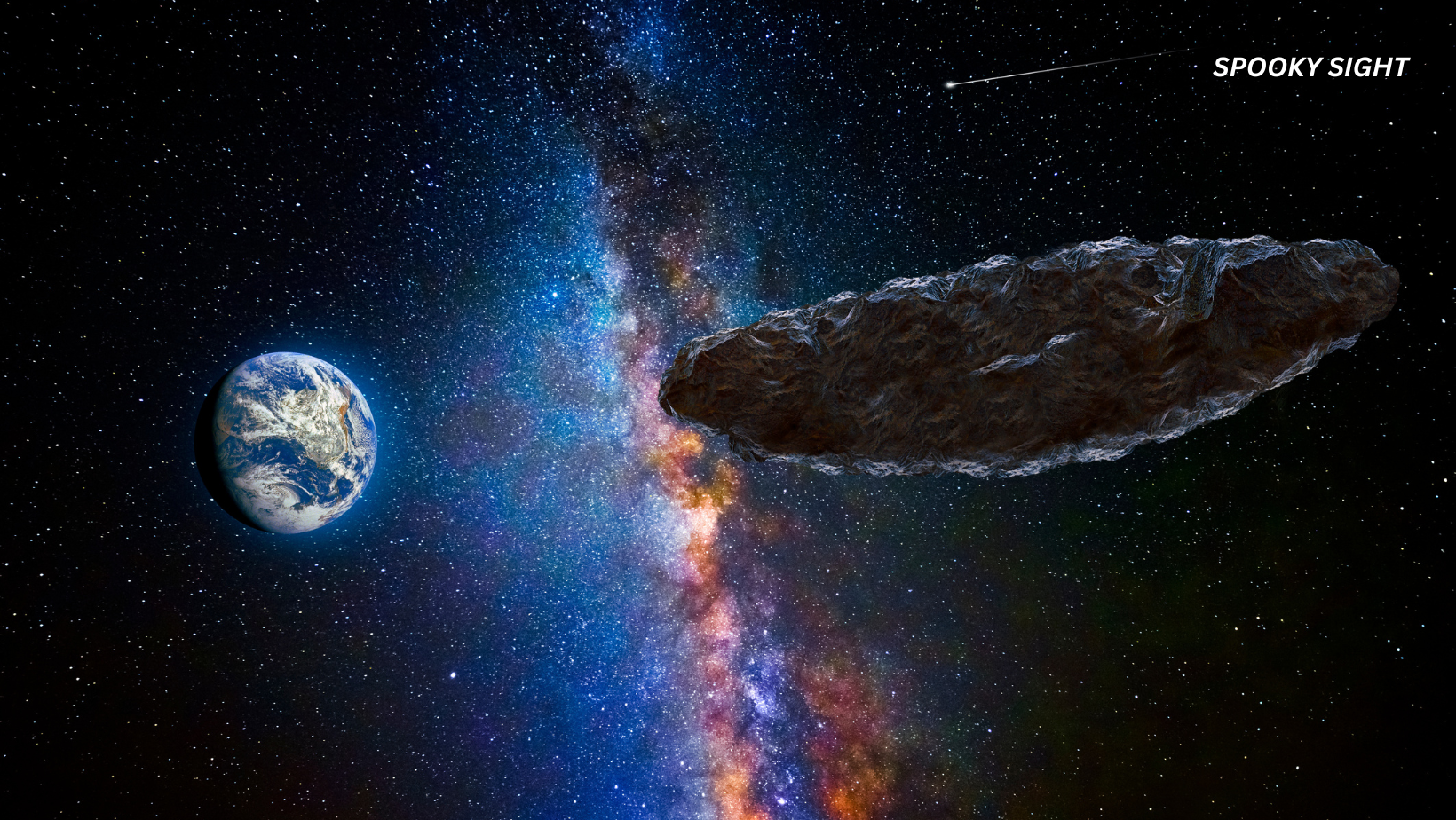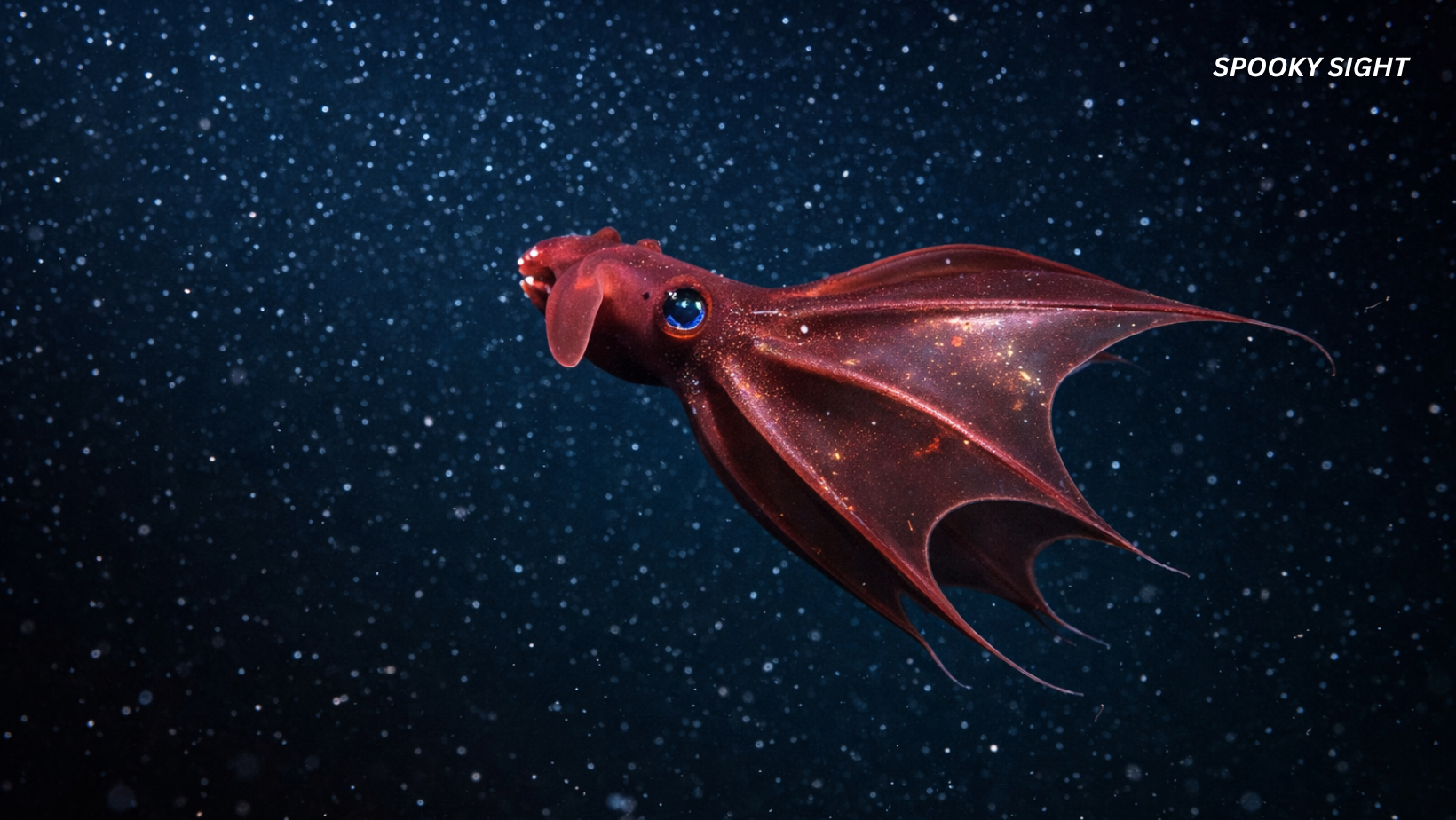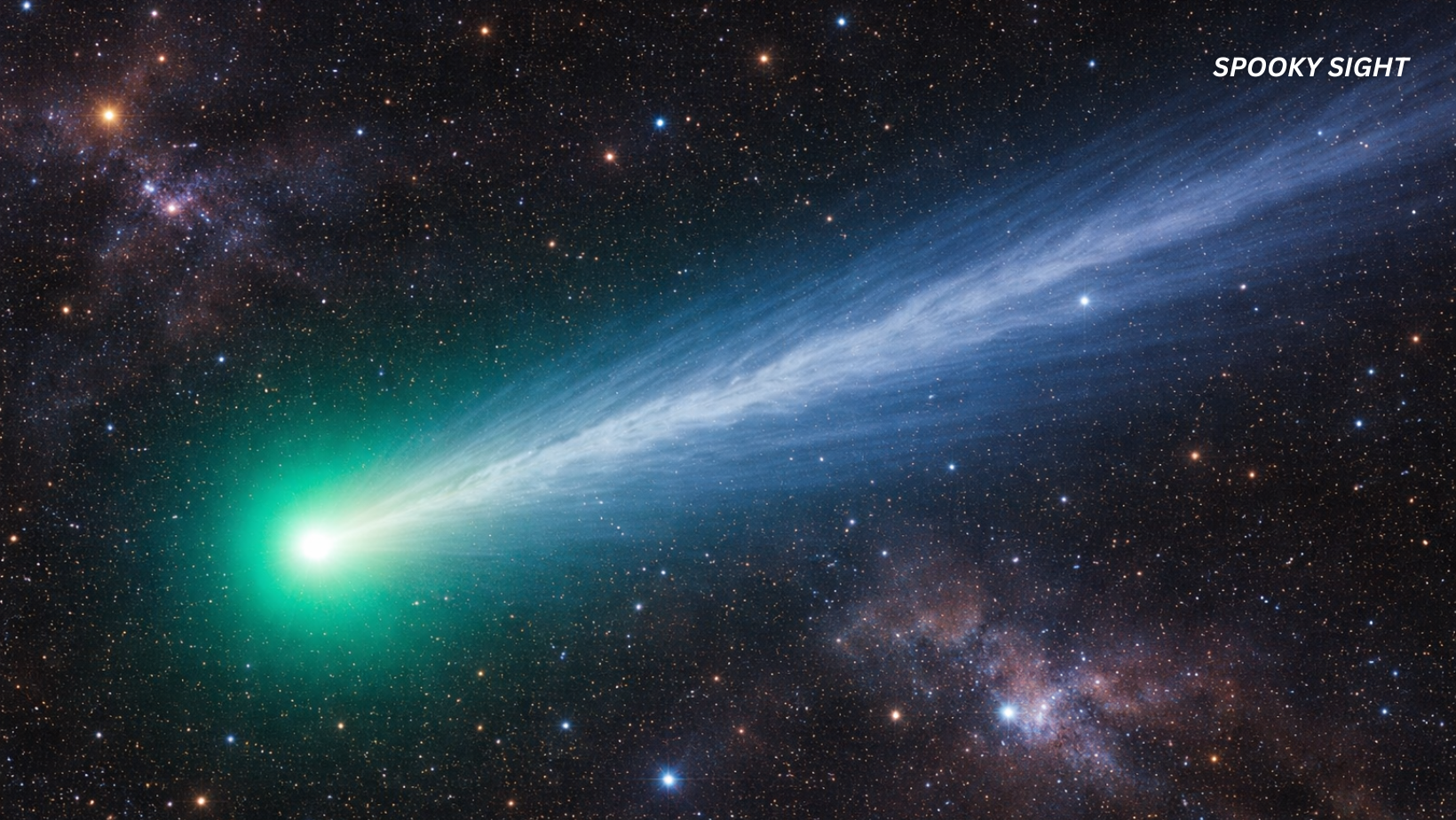The night sky has always been a place of wonder, mystery, and discovery. Every so often, something unusual darts across it, catching the attention of astronomers and dreamers alike. This year, scientists are buzzing about a peculiar object known as 3I/ATLAS, currently hurtling through space at a jaw-dropping 135,000 miles per hour.
Its speed and strange characteristics have stirred lively debate: is this merely another icy space rock from the distant edges of the galaxy, or could it possibly be something more—something made, not born?
A Rare Visitor From the Stars
3I/ATLAS holds a special place in astronomy. It is classified as an interstellar object, which means it doesn’t belong to our solar system at all. Instead, it has traveled from another star system, slipping through the vast, dark corridors of the galaxy before arriving here.
So far, scientists have only ever confirmed the presence of two other interstellar visitors before this one:
- ‘Oumuamua (2017): A cigar-shaped object that baffled scientists with its odd shape and mysterious acceleration. Some speculated it might even be artificial.
- Comet Borisov (2019): Unlike ‘Oumuamua, Borisov looked like a typical comet, complete with a glowing tail, making it easier to classify.
That makes 3I/ATLAS only the third interstellar visitor ever recorded. And much like ‘Oumuamua, it is not behaving like a normal comet should.
Read more: What Is a Black Moon? The Rare Event Happening in August 2025 That Won’t Happen Again For Years
Why Scientists Are Puzzled
When comets drift near the Sun, they heat up and release streams of dust and gas, forming a bright tail. Yet, despite careful observations, 3I/ATLAS has shown no sign of this signature feature.
This is the detail that turned heads. If it isn’t a comet, then what is it? Could it be a type of asteroid from another star system—one made of solid rock instead of ice? Or could it be something more unusual?
The Alien Mothership Theory
Enter Professor Avi Loeb of Harvard University. Known for his bold and sometimes controversial ideas, Loeb has suggested that 3I/ATLAS might not be natural at all.
He argues that the object’s trajectory—its unusual path through the solar system—could hint at something artificial, as though it were maneuvering like a spacecraft rather than drifting passively like a rock.
Loeb has even floated the idea that 3I/ATLAS could be a “mothership,” a large craft designed to travel between star systems. He imagines it scanning planets like Venus, Mars, and Jupiter as it passes, collecting data or comparing them with worlds elsewhere in the galaxy.
To him, the absence of a cometary tail isn’t just curious—it might be evidence of technological design.
A Cosmic Blind Date
Of course, suggesting the object is a spaceship raises bigger, unsettling questions. If it really were extraterrestrial, what would its intentions be?
Loeb warns that any encounter with alien technology would be unpredictable—“a blind date of astronomical proportions,” as he puts it. It could be harmless, even friendly. But it could also be hostile.
In earlier statements, he recommended that Earth send out a radio greeting, something as simple as “hello” or “peace.” Later, he reconsidered, worrying that such a message might instead be misinterpreted as a challenge. After all, what seems harmless to us might appear threatening to a civilization far more advanced.
He likens it to showing a caveman an iPhone. To us, the phone is harmless. To the caveman, it might appear as something strange, incomprehensible, and possibly dangerous.
When Will It Get Close?
Here’s what astronomers know about its path:
- 3I/ATLAS was first spotted on July 1, 2025.
- It will swing behind the Sun in September, temporarily vanishing from view.
- It will reappear in November or December, visible again to telescopes on Earth.
- Its closest approach to the Sun will happen on October 30, 2025—the night before Halloween.
Despite the spooky timing, NASA has reassured the public that the object poses no danger. At its closest, it will still be about 130 million miles from Earth—farther than the distance between Earth and the Sun.
Read more: Scientists Discover ‘Superhuman’ Ability Linked To People Who Live to 100. Could You Have It?
A Clash of Opinions
Not everyone shares Loeb’s enthusiasm for the alien theory. Many astronomers are more cautious, pointing out that extraordinary claims require extraordinary evidence.
Chris Lintott, an astronomer at the University of Oxford, has dismissed the “mothership” idea entirely, calling it “absolute nonsense.” To him, 3I/ATLAS is exciting enough as an interstellar comet-like object, without layering science fiction on top.
NASA, too, leans toward the safer explanation: this is likely a comet from another star system, unusual but not unheard of. The lack of a tail might simply mean it is made of rock or materials that don’t release dust in the same way as icy comets.
How NASA Tracks Mysterious Objects
Objects like 3I/ATLAS are spotted through powerful telescopes that scan the skies for moving points of light. Once an object is detected, astronomers use its changing position to calculate its orbit and speed.
Because interstellar objects move much faster than regular comets or asteroids, their trajectories stand out. Astronomers can trace them back and discover they don’t loop around the Sun like solar system bodies do—they come from deep space and eventually leave again, never to return.
For 3I/ATLAS, tracking will continue throughout its journey. When it emerges from behind the Sun later this year, telescopes worldwide will be watching closely. Every detail—its brightness, its motion, its lack of a tail—will help piece together its true identity.
Lessons From Past Visitors
When ‘Oumuamua streaked through the solar system in 2017, its elongated, cigar-like shape and unexplained acceleration baffled scientists. Some thought it might even be a piece of alien technology—perhaps a probe or fragment of a larger structure.
In contrast, Comet Borisov looked and behaved exactly like an ordinary comet, just one that happened to come from another star system.
Now, 3I/ATLAS seems to fall somewhere in between—like ‘Oumuamua, it lacks a tail and defies easy classification. But like Borisov, it may still turn out to be entirely natural, simply a kind of rock we haven’t seen before.
Why It Matters
Even if 3I/ATLAS turns out to be nothing more than a strange comet, its presence is still groundbreaking. Each interstellar visitor provides valuable clues about other star systems—what materials they contain, how they form planets, and what kinds of cosmic debris drift between the stars.
These discoveries remind us that our solar system is not isolated. We are part of a larger galactic neighborhood, where rocks, comets, and perhaps even spacecraft may travel from star to star.
And if one day, one of these visitors does turn out to be artificial, it would mean we are not alone in the universe.
Read more: 40 Years Later, Terminator Finally Explains Why Skynet Wants To Get Rid Of Humanity
A Mystery in Motion
For now, 3I/ATLAS remains just that: a mystery in motion. Scientists will continue to watch its journey closely as it races through the solar system, hoping to unlock its secrets.
Is it an oddly-behaved comet? A solid interstellar rock? Or something more daring—an alien craft passing silently through our neighborhood?
The universe has always kept its secrets well, revealing them only slowly to those who watch the skies. Whatever 3I/ATLAS turns out to be, it has already achieved something extraordinary: it has reminded humanity of how much is still unknown out there, waiting to be discovered.









